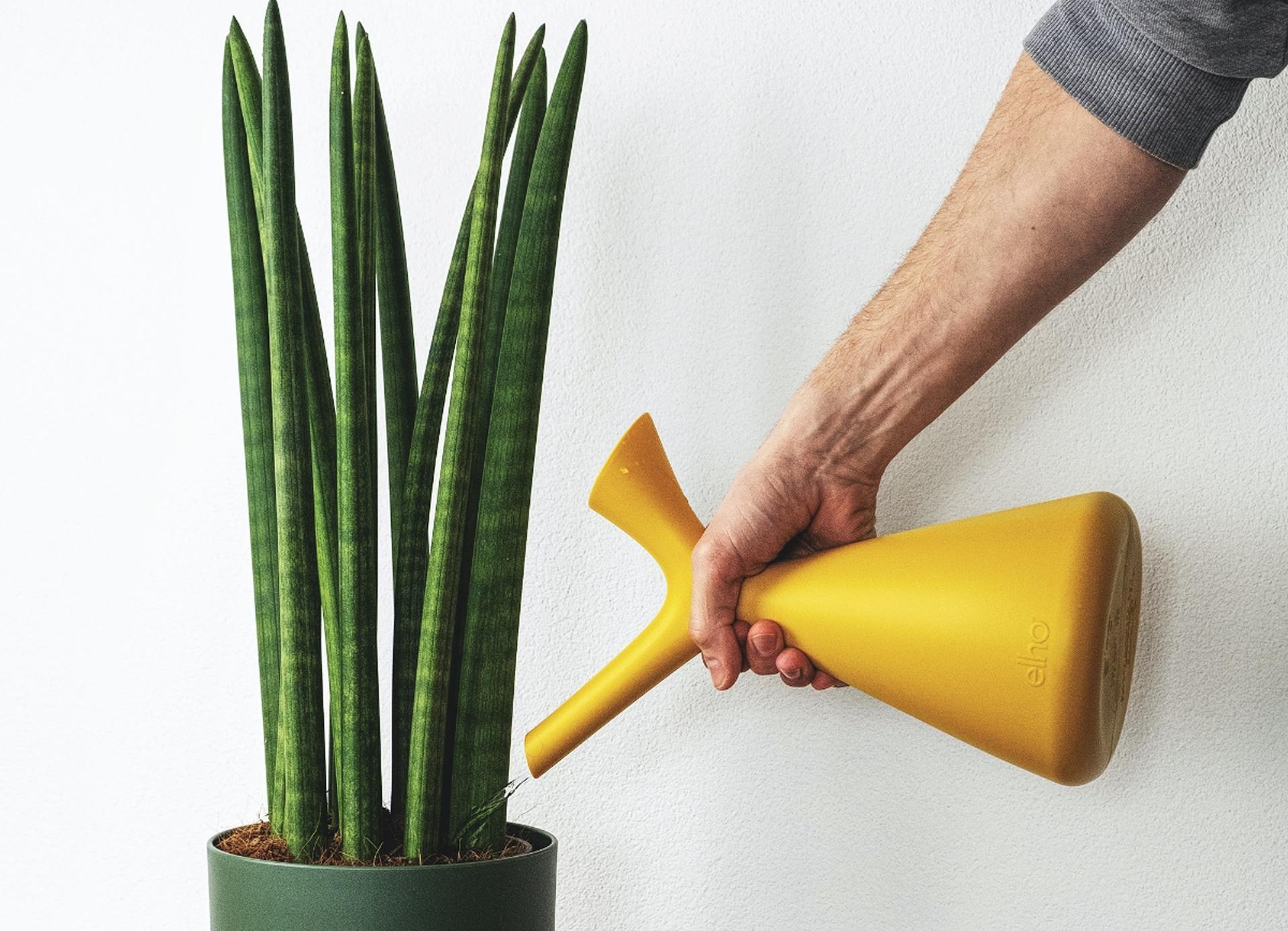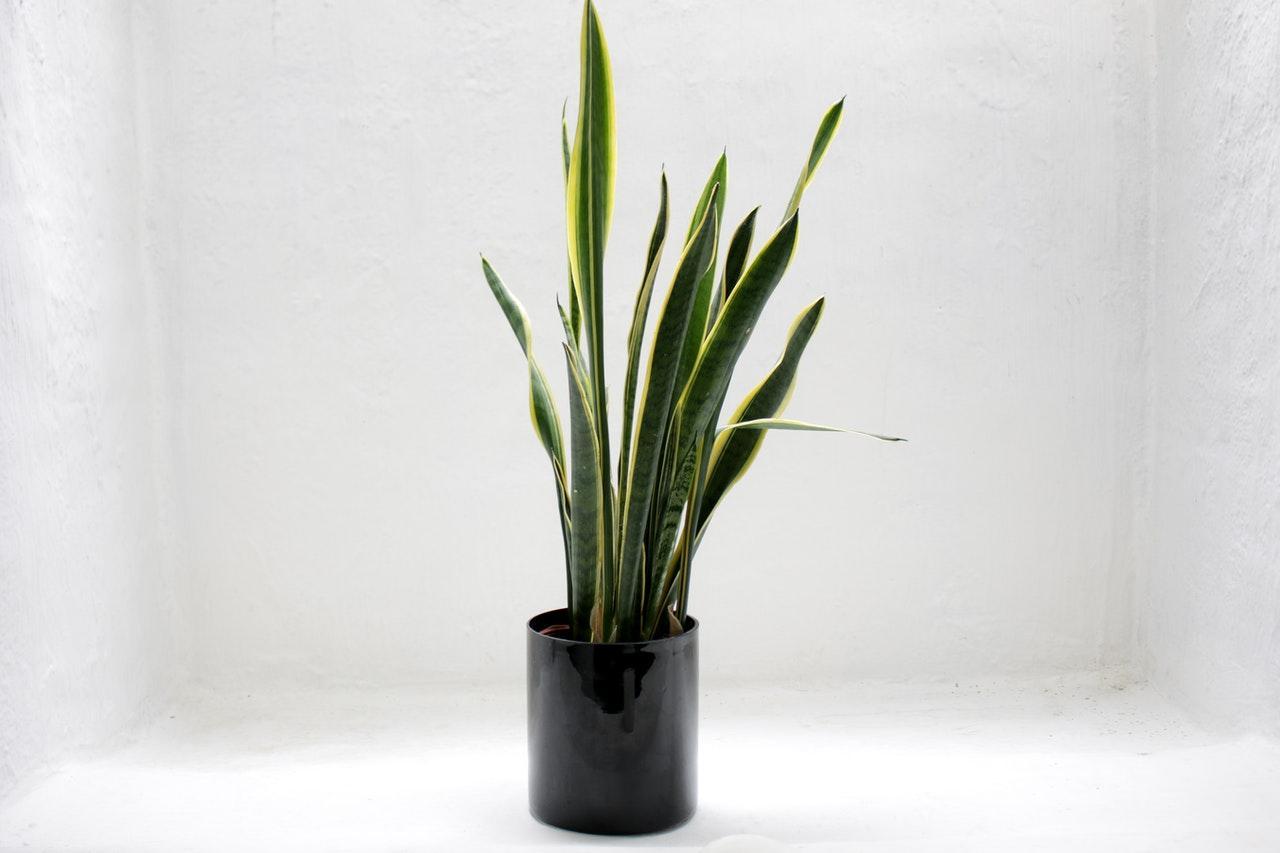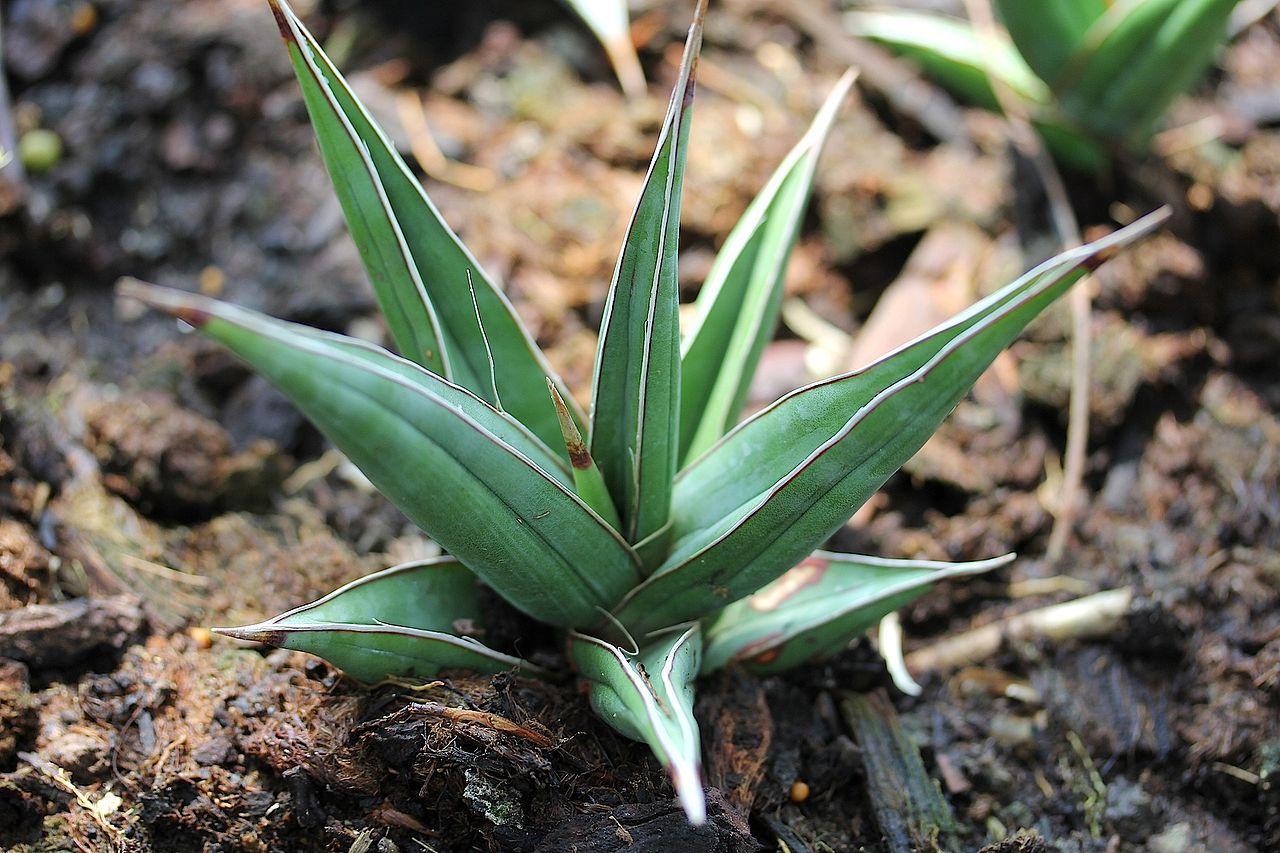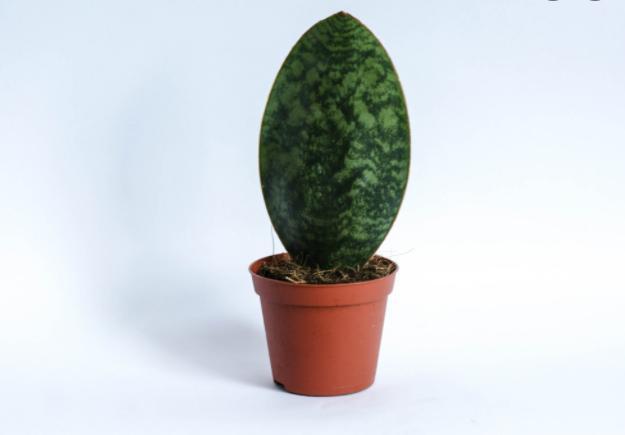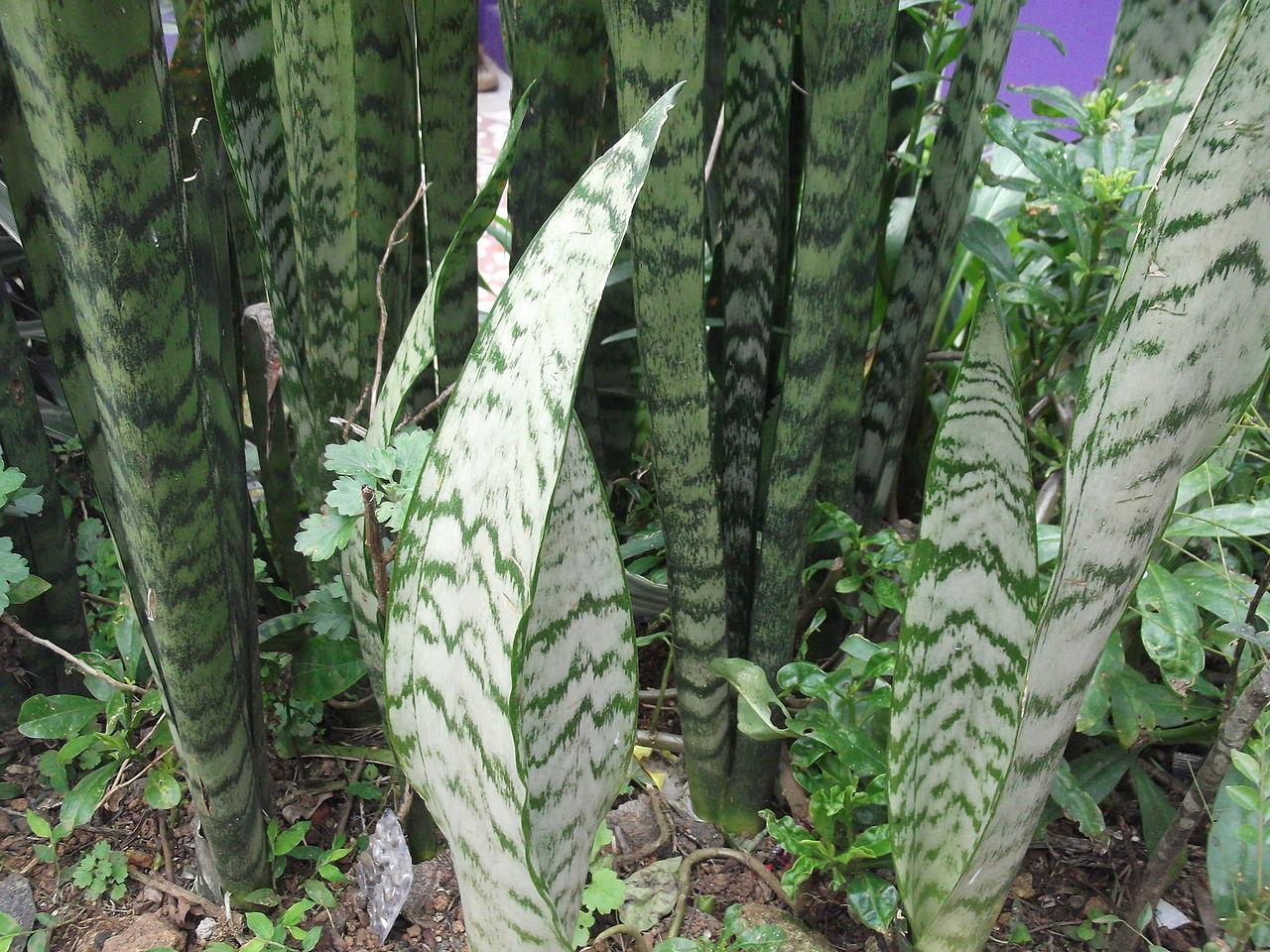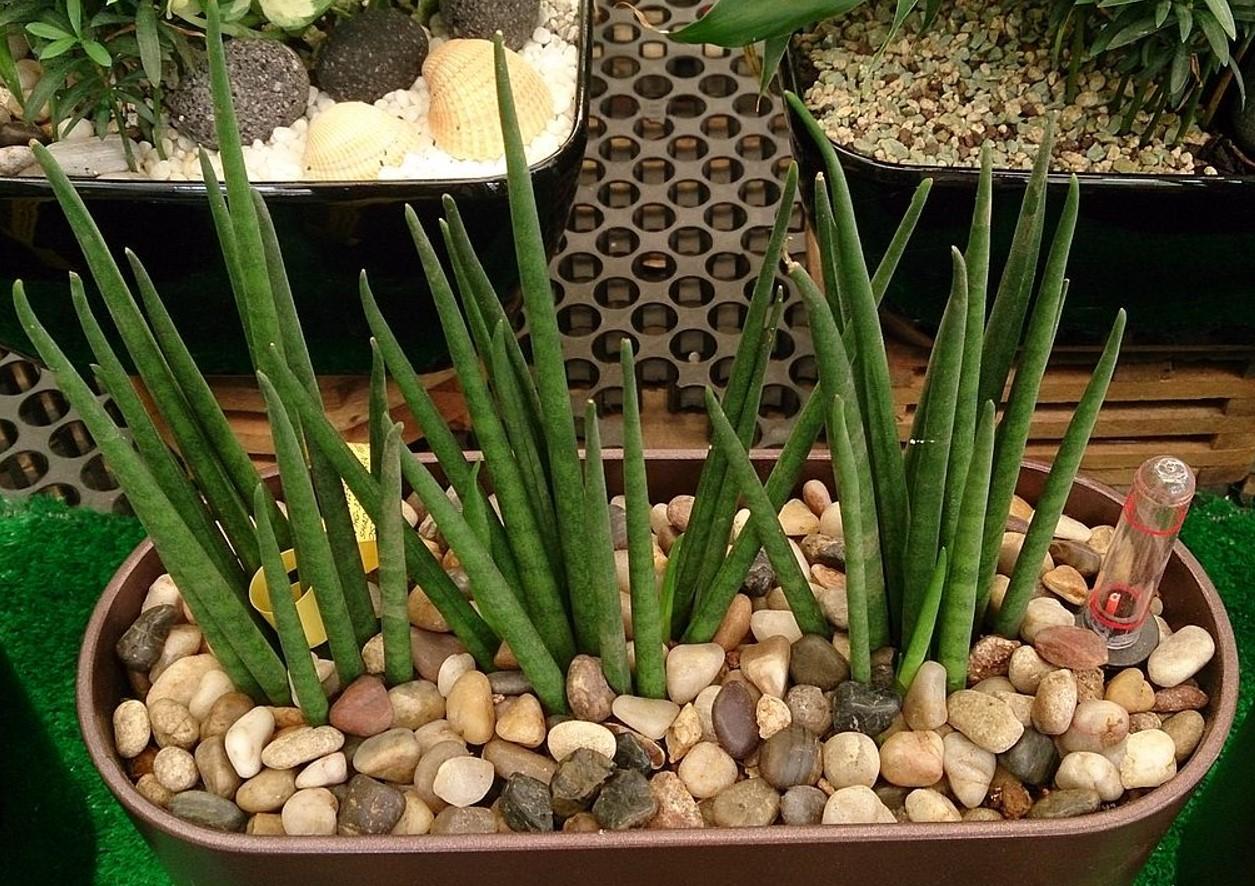Types of Snake Plant - Sansevieria Varieties


Snake plants, also known as Sansevieria, have captivated the hearts of plant enthusiasts worldwide, becoming one of the most beloved and widely adored houseplants. Their enduring popularity stems from a unique blend of aesthetic charm and practical benefits that make them an ideal addition to any home. The genus Sansevieria encompasses a diverse array of over seventy recognized species and numerous cultivars, each with its own unique charm and characteristics.
In the following article by thedailyECO, we discuss the most popular snake plants varieties, their defining features, and expert guidance on their care.
African Spear Dracaena
Emerging from the lush tropical regions of Africa, the African Spear Dracaena, also known as Sansevieria cylindrica or Dracaena angolensis, stands out as a true botanical gem. Its distinctive appearance, characterized by slender cylindrical leaves and delicate flowers, captivates the eye and adds a touch of the exotic to any space.
The plant's most striking feature is its 3 to 5 cylindrical leaves, each reaching an impressive length of up to 2 meters (6.56 feet).
These leaves, adorned with a vibrant dark green hue and lighter edges, gracefully surround a central flower stem that can extend up to one meter (3.28 feet) in height. The stem, smaller in diameter compared to the leaves, is adorned with delicate white and pink flowers, creating a captivating contrast against the verdant backdrop.
Thriving in environments that mimic its native tropical conditions, the African Spear Dracaena proves to be an ideal addition to both indoor and outdoor spaces. Its ability to adapt to various lighting conditions makes it a versatile choice for home décor enthusiasts seeking a visually stunning plant that complements a wide range of interior and exterior settings.

Sansevieria trifasciata
Among the diverse genus Sansevieria, one species stands out as a true champion of home cultivation: Sansevieria trifasciata, commonly known as tiger's tongue, mother-in-law's tongue, or snake plant. Hailing from the tropical regions of Africa, this resilient plant has captivated the hearts of indoor gardeners worldwide, earning its place as a beloved addition to homes and offices alike.
S. trifasciata is renowned for its distinctive variegated leaves that rise vertically, reaching an impressive length of up to one and a half meters (4.92 feet) and a width of 10 cm (3.94 inches). These sword-like leaves, adorned with a striking pattern of light and dark green hues, exude an air of elegance and add a touch of nature's artistry to any space.
Whether you seek to add a touch of greenery to your indoor home or enhance the ambiance of your outdoor patio, S. trifasciata and its captivating varieties, Hahnii and Laurentii, offer a versatile solution. Their adaptability to various environments, coupled with their unique beauty and enduring appeal, makes them a timeless addition to any space.

Sansevieria pinguicula
Native to Kenya, Sansevieria pinguicula is a charming succulent, known for its compact size and aesthetic appeal.
With approximately 7 to 8 green leaves, some featuring a distinctive horizontal pattern, this plant forms an attractive rosette. The flowers of Sansevieria pinguicula bloom from the center of the rosette in a branched panicle.
Ideal for limited spaces, this succulent typically reaches a height of about 30 cm (11.81 inches), making it a perfect choice for those seeking a visually pleasing and space-efficient plant.
Looking for more shade-loving companions for your snake plants? Discover a variety of stunning partial-shade plants in our comprehensive guide.

Sansevieria masoniana Victoria
Hailing from the arid regions of North Africa, Sansevieria masoniana, particularly the Victoria variety, stands out as a truly captivating botanical specimen. Often dubbed the whale fin plant, this succulent marvel derives its name from its exceptional size and distinctive shape.
In contrast to its broader Sansevieria masoniana counterparts, which typically bear multiple leaves, the Victoria variety showcases a single, broad, lanceolate leaf. This unique feature sets it apart, making it a striking addition to any interior space.
Whether you seek to enhance your living room with a statement piece or simply appreciate the beauty of the natural world, Sansevieria masoniana Victoria offers a captivating solution. Its unique charm and understated elegance will undoubtedly transform your space into an oasis of tranquility.

Sansevieria Zeylanica
Emerging from the diverse landscapes of Africa and Asia, Sansevieria Zeylanica stands out as a true gem among succulents.
Sansevieria Zeylanica is instantly recognizable by its distinctive leaves, which rise vertically, adding a touch of elegance to any space. These leaves, numbering up to 15, are adorned with a captivating pattern of very light green, almost white hues, accentuated by vivid, darker green stripes. This interplay of colors creates a visual symphony that is both soothing and eye-catching.
Thriving in a range of lighting conditions, Sansevieria Zeylanica proves to be an adaptable and versatile addition to various interior spaces. Its ability to tolerate both bright and low light makes it an ideal choice for those seeking to incorporate a touch of nature's elegance into their homes, regardless of their lighting conditions.

Sansevieria bacularis
Hailing from the diverse landscapes of South Asia, Southern Africa, and the island of Madagascar, Sansevieria Mikado, also known as Mikado, stands out for its striking cylindrical leaves. These leaves, devoid of any flat surfaces, rise vertically. Their smooth, unblemished surface and vibrant green add a touch of nature's artistry to any space.
While sharing some similarities with its close relative, Sansevieria cylindrica, the Mikado variant distinguishes itself with its lighter green tone and more upright growth habit.
Sansevieria Mikado proves to be a versatile addition to various interior spaces. Its ability to thrive in a range of lighting conditions, from bright sunlight to indirect light, makes it an ideal choice for those seeking to incorporate a touch of nature's elegance into their homes.
Complement your snake plant's air-purifying qualities with a selection of heat-absorbing indoor plants, creating a tranquil oasis even in warm environments.

how to care for a Sansevieria
Sansevierias are popular houseplants known for their low-maintenance requirements. These hardy succulents can tolerate a wide range of conditions, making them ideal for even the most novice plant parents. Here are some essential tips for caring for your Sansevieria:
- Watering: they are drought-tolerant plants, so it's important to avoid overwatering them. Allow the soil to dry out completely between waterings, and then soak it thoroughly. During the winter months, you may only need to water your Sansevieria once a month.
- Lighting: they can thrive in a variety of lighting conditions, from bright indirect light to low light. However, they should be avoided from direct sunlight, which can scorch their leaves.
- Soil: they prefer a well-draining potting mix that is specifically formulated for succulents and cacti. This type of potting mix will allow excess water to drain away, preventing root rot.
- Temperature: they prefer warm temperatures and can tolerate a range of 50°F to 85°F (10°C to 29°C). Avoid placing them near drafts or vents, as cold temperatures can damage their leaves.
- Humidity: they are not fussy about humidity levels and can tolerate a wide range, from low to high humidity.
- Fertilizing: they only need to be fertilized lightly during their active growing season, which is from spring to summer. A balanced liquid fertilizer diluted to half strength can be applied every few months.
- Repotting: they have a slow growth rate, so they don't need to be repotted very often. A good rule of thumb is to repot them every two to three years, or when the plant outgrows its current pot.
- Pests and diseases: they are relatively pest-free and disease-resistant. However, they can be susceptible to mealybugs and scale insects. If you notice any pests, you can treat the plant with a mild insecticidal soap or neem oil.
With proper care, your Sansevieria can thrive for many years, adding a touch of greenery and elegance to your home. Enjoy the beauty and ease of care of these remarkable plants.
Uncover the captivating world of monstera plants, from their lush foliage to their unique growth patterns, and discover how to care for these tropical gems in this other article.
If you want to read similar articles to Types of Snake Plant - Sansevieria Varieties, we recommend you visit our Plant care and cultivation category.






